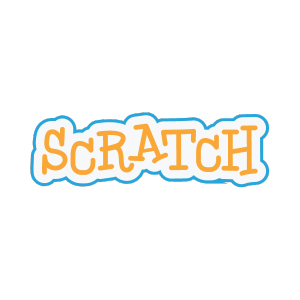
Scratch is the world’s largest coding community for children and a coding language with a simple visual interface that allows young people to create digital stories, games, and animations.
Scratch is designed, developed, and moderated by the Scratch Foundation, a nonprofit organization.
Scratch promotes computational thinking and problem solving skills; creative teaching and learning; self-expression and collaboration; and equity in computing.
Enquire Now